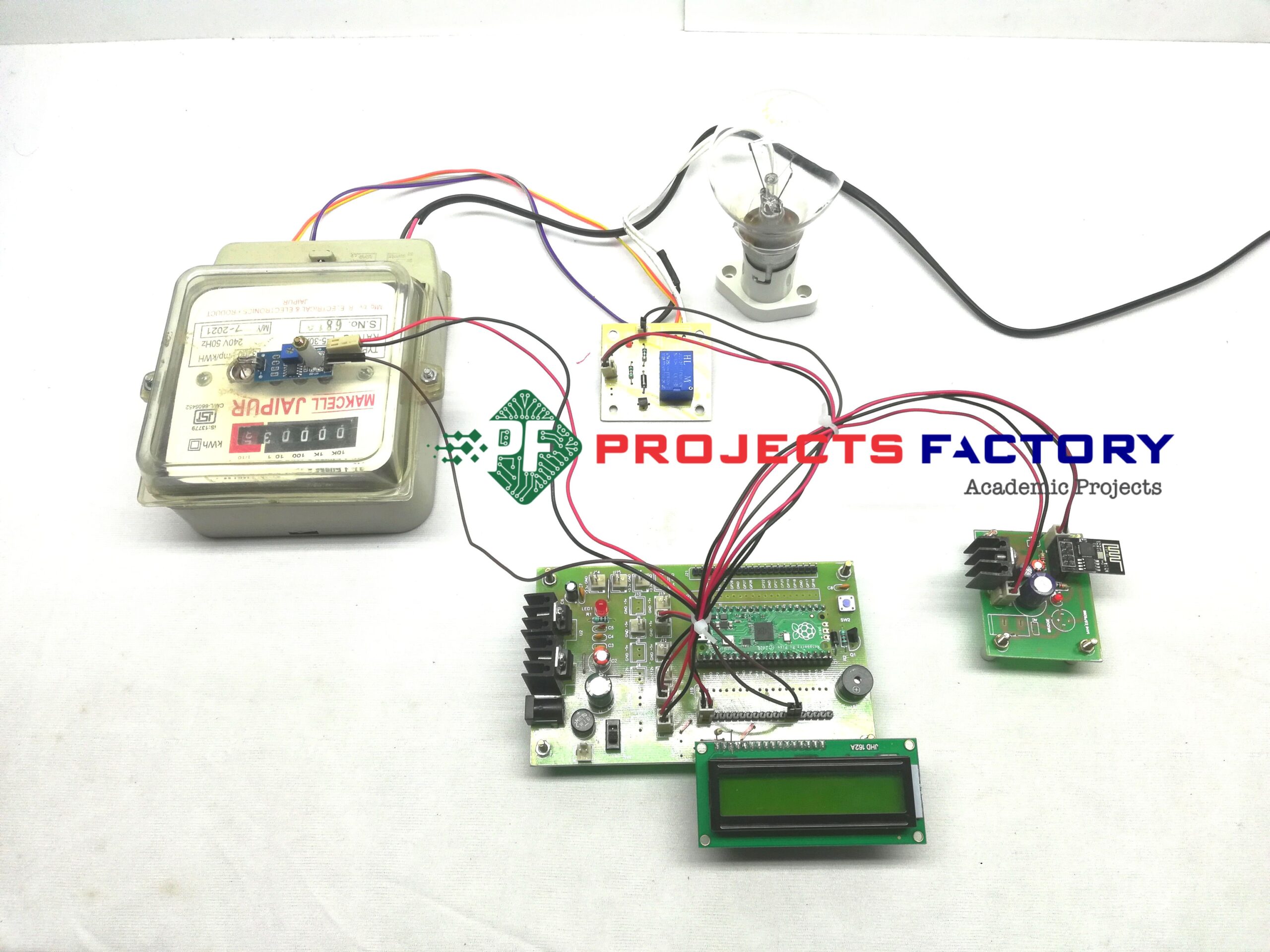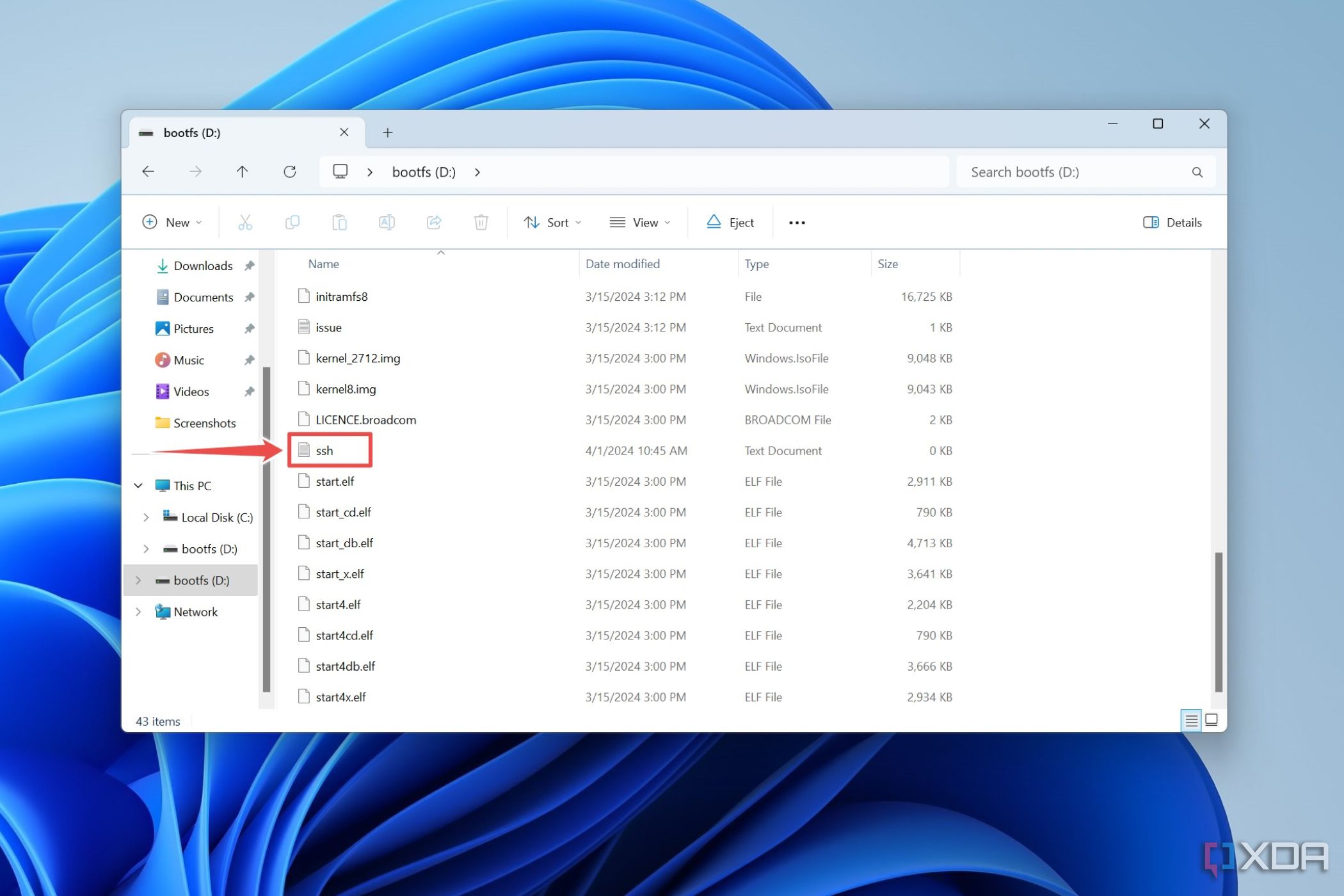So, you’ve probably heard about SSH Raspberry Pi IoT price being all the rage in the tech world right now. If you're into building smart home gadgets, automating systems, or diving deep into the Internet of Things (IoT), SSH on a Raspberry Pi is your golden ticket to remote access magic. Picture this: controlling your devices from anywhere in the world without breaking the bank. Sounds cool, right? Well, buckle up because we’re about to deep-dive into the world of SSH Raspberry Pi IoT pricing, and trust me, it’s going to be a wild ride.
Now, before we get into the nitty-gritty, let’s clear the air. SSH stands for Secure Shell, and it’s basically a protocol that lets you remotely control and manage your Raspberry Pi or any IoT device securely. For hobbyists, makers, and even professional developers, this setup is a game-changer. The best part? It’s surprisingly affordable, making it accessible for everyone from beginners to seasoned pros.
But hold up—why should you care about SSH Raspberry Pi IoT price? Well, because understanding the costs involved can help you plan your projects better. Whether you're setting up a weather station, automating your home, or building a smart garden, knowing the ins and outs of pricing can save you time, money, and a whole lot of headaches. So, let’s break it down step by step.
What is SSH and Why Does It Matter for Raspberry Pi IoT?
Alright, let’s start with the basics. SSH (Secure Shell) is like a secret handshake that lets you connect to your Raspberry Pi or IoT devices from anywhere in the world. It’s secure, reliable, and super easy to set up once you get the hang of it. But why does it matter for Raspberry Pi IoT? Simple—IoT projects often require remote access, and SSH is the go-to method for doing that safely.
Think about it: if you’re running a weather station in your backyard, you don’t want to physically go out there every time you need to check the data. With SSH, you can log in remotely, tweak settings, and even troubleshoot issues without leaving the comfort of your couch. And the best part? It’s not rocket science—you don’t need a PhD in computer science to set it up.
Key Benefits of Using SSH for Raspberry Pi IoT
- Secure remote access: Say goodbye to unsecured connections. SSH encrypts all your data, keeping it safe from prying eyes.
- Cost-effective: Setting up SSH doesn’t require expensive hardware or software. All you need is a Raspberry Pi and a stable internet connection.
- Easy to use: Once configured, SSH is straightforward to use, even for beginners. There are tons of tutorials and guides to help you along the way.
- Flexible: You can use SSH to manage a wide range of IoT devices, from smart home gadgets to industrial automation systems.
The Cost Factor: Breaking Down SSH Raspberry Pi IoT Price
Now that we’ve covered what SSH is and why it’s important, let’s talk turkey—cost. The SSH Raspberry Pi IoT price can vary depending on several factors, including the type of Raspberry Pi you choose, the peripherals you need, and any additional services like cloud hosting or domain registration.
- Griffin Oneal Shocking Claims Family Drama 2024 Update
- Marco Rubios Net Worth Facts Figures Financial Journey
Here’s the good news: Raspberry Pi itself is pretty affordable. The latest models, like the Raspberry Pi 4, start at around $35. Add in a microSD card for storage, a power supply, and maybe a case, and you’re still looking at a total cost of under $100. Not too shabby, right?
Breaking Down the Costs
Let’s break it down further so you can see where your money’s going:
- Raspberry Pi Board: $35–$75, depending on the model.
- MicroSD Card: $10–$20 for a decent-sized card with enough storage for your projects.
- Power Supply: $10–$15 for a reliable power adapter.
- Case: $5–$20, depending on the material and design.
- Additional Peripherals: Ethernet cables, Wi-Fi dongles, and other accessories can add another $20–$50 to your total.
And that’s just the hardware. Depending on your project, you might also need to factor in costs for cloud services, domain registration, or static IP addresses. But don’t worry—we’ll cover all that in a bit.
Choosing the Right Raspberry Pi for Your IoT Project
Not all Raspberry Pi models are created equal. Depending on the complexity of your IoT project, you might need a more powerful board. Here’s a quick rundown of the most popular models and their approximate prices:
- Raspberry Pi Zero W: $10 – Great for simple projects like weather stations or basic home automation.
- Raspberry Pi 3 Model B+: $35 – A solid choice for mid-range projects that require a bit more processing power.
- Raspberry Pi 4 Model B: $55–$75 – The top-of-the-line model for more complex projects like smart home hubs or industrial automation systems.
Remember, the more powerful the board, the higher the price. But don’t let that scare you off—sometimes a simpler model is all you need, especially if you’re just starting out.
Additional Costs to Consider
While the Raspberry Pi itself is affordable, there are a few other costs to keep in mind when setting up your SSH Raspberry Pi IoT system:
Cloud Services
If you’re planning to host your IoT data in the cloud, you’ll need to factor in subscription fees. Popular services like AWS IoT Core or Google Cloud IoT can range from $5–$50 per month, depending on your usage. However, many offer free tiers for small-scale projects, so you might not need to pay anything at all if your project is relatively simple.
Domain Registration
Want to access your Raspberry Pi IoT system via a custom domain? You’ll need to register one, and that usually costs around $10–$15 per year. It’s a small price to pay for the convenience and professionalism it brings to your project.
Static IP Address
Some ISPs charge extra for a static IP address, which can be useful if you want to access your Raspberry Pi from outside your local network. Prices vary, but you’re looking at around $5–$10 per month on top of your regular internet bill.
Setting Up SSH on Your Raspberry Pi
Alright, now that we’ve covered the costs, let’s talk about how to set up SSH on your Raspberry Pi. Don’t worry—it’s not as complicated as it sounds. Here’s a quick step-by-step guide:
- Install Raspbian (or your preferred OS) on your Raspberry Pi.
- Enable SSH in the Raspberry Pi configuration settings.
- Connect your Raspberry Pi to your local network via Ethernet or Wi-Fi.
- Find your Raspberry Pi’s IP address using a network scanner or the command line.
- Use an SSH client like PuTTY (Windows) or Terminal (Mac/Linux) to connect to your Raspberry Pi.
And that’s it! You’re now ready to start managing your IoT devices remotely. Easy, right?
Troubleshooting Common SSH Issues
Even the best-laid plans can hit a snag or two. Here are some common SSH issues you might encounter and how to fix them:
- Connection Refused: Double-check your IP address and make sure SSH is enabled on your Raspberry Pi.
- Authentication Failed: Ensure you’re using the correct username and password. The default username for Raspbian is "pi" and the password is "raspberry".
- Network Unreachable: Verify that your Raspberry Pi is connected to the internet and that there are no firewall rules blocking SSH traffic.
If all else fails, a quick Google search or a trip to the Raspberry Pi forums usually has the answer you’re looking for.
SSH Raspberry Pi IoT Price: The Bottom Line
So, what’s the final verdict on SSH Raspberry Pi IoT price? To sum it up:
- Raspberry Pi hardware costs between $35–$75, depending on the model.
- Additional peripherals like microSD cards, power supplies, and cases add another $30–$50 to your total.
- Cloud services, domain registration, and static IP addresses can add another $10–$50 per month, but many offer free tiers for small-scale projects.
Overall, the SSH Raspberry Pi IoT price is surprisingly affordable, making it accessible for hobbyists and professionals alike. With a little bit of setup and some basic knowledge, you can unlock the full potential of remote access for your IoT projects.
Conclusion: Take Action and Start Your IoT Journey
There you have it—everything you need to know about SSH Raspberry Pi IoT price. From understanding the basics of SSH to breaking down the costs and setting up your system, we’ve covered it all. Now it’s your turn to take action.
Ready to dive in? Leave a comment below and let us know what IoT project you’re working on. Or, if you’ve already set up SSH on your Raspberry Pi, share your tips and tricks with the community. And don’t forget to check out our other articles for more tips and tricks on all things tech.
Thanks for reading, and happy hacking!
Table of Contents
- What is SSH and Why Does It Matter for Raspberry Pi IoT?
- The Cost Factor: Breaking Down SSH Raspberry Pi IoT Price
- Choosing the Right Raspberry Pi for Your IoT Project
- Additional Costs to Consider
- Setting Up SSH on Your Raspberry Pi
- Troubleshooting Common SSH Issues
- SSH Raspberry Pi IoT Price: The Bottom Line
- Conclusion: Take Action and Start Your IoT Journey



Detail Author:
- Name : Dr. Wanda Metz
- Username : ashton80
- Email : miller.bergnaum@schmeler.com
- Birthdate : 1992-06-01
- Address : 948 Anya Point Chaimburgh, TN 69625-9889
- Phone : +1 (580) 790-7807
- Company : Mills Inc
- Job : Agricultural Crop Worker
- Bio : Rerum optio aut praesentium omnis praesentium nisi. Sit qui voluptatem aut est incidunt aut incidunt ad. Aliquid dolores facilis aut quia magni labore commodi aperiam.
Socials
instagram:
- url : https://instagram.com/oberbrunnerl
- username : oberbrunnerl
- bio : Aut aut consequatur aut sapiente ducimus veniam. Necessitatibus repudiandae reiciendis facilis.
- followers : 2610
- following : 2007
twitter:
- url : https://twitter.com/oberbrunner1998
- username : oberbrunner1998
- bio : Nisi voluptas ex ratione assumenda. Et quibusdam excepturi neque qui pariatur. Dolores commodi at et qui enim dolorum. Perferendis harum autem id.
- followers : 5754
- following : 1025
tiktok:
- url : https://tiktok.com/@oberbrunnerl
- username : oberbrunnerl
- bio : Repudiandae id ut odit et sint aperiam consequuntur.
- followers : 3903
- following : 2077